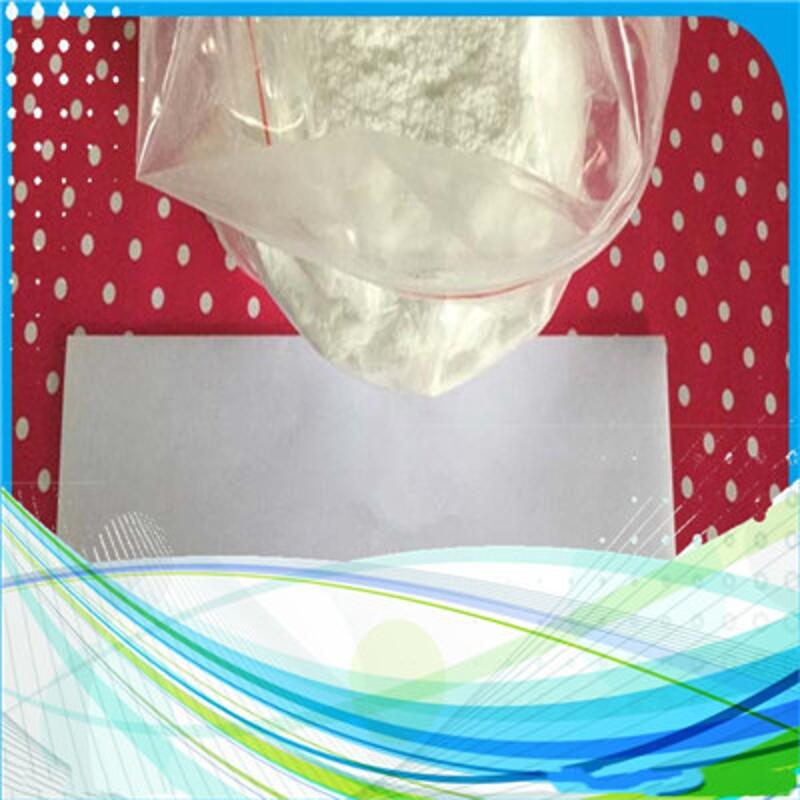Progress in enzymatic kinetics of complex systems
-
Last Update: 2014-03-13
-
Source: Internet
-
Author: User
Search more information of high quality chemicals, good prices and reliable suppliers, visit
www.echemi.com
Recently, ye Mingliang and Zou Hanfa, researchers of the research group of new materials and new technologies for biological separation and analysis (Group 1809), Dalian Institute of Chemical Physics, Chinese Academy of Sciences, made progress in the study of enzymatic kinetics of enzyme substrate interaction in complex systems Relevant research results are published in the latest issue of nature methods in the form of response Protease is a tool enzyme for proteomics research It can be used to hydrolyze proteins in complex proteomics samples into peptide segments to achieve quantitative protein analysis and identification There are hundreds of thousands of different proteins in complex proteomic samples, and their abundances are quite different, some even differ by more than ten orders of magnitude Many researchers believe that high abundance protein has higher reaction speed because of its high concentration, so it will be first enzymolysis In order to study the relationship between the rate of enzymatic hydrolysis of proteins and their abundance, ye Mingming et al Used quantitative proteomics technology to study the kinetics of enzymatic hydrolysis of complex protein samples of pancreatic proteins, and obtained the kinetic data of enzymatic hydrolysis by quantitatively comparing the peptide segments generated at two time points of enzymatic hydrolysis The results showed that: (1) the digestion sites with different digestion rates were related to the amino acid residues around them If the surrounding residues were neutral, the digestion was faster, while if the surrounding residues were charged, the digestion was slower; (2) there was no obvious correlation between the digestion rate of peptide segments and the protein abundance, indicating that the high abundance protein was not enzymolysis first The results show that in the process of proteome digestion, the rate of digestion (consumption rate) of each protein is mainly related to the number and kinetic characteristics of the cleavage site of the protein, but not to its abundance In the study of proteomics, the enzymolysis of proteins and the screening of modified enzyme substrates are all involved in the enzymatic reaction of enzymes with a large number of substrates with different abundances This work pioneered the study of enzymatic kinetics in complex systems by using quantitative proteomics technology, and will play a role in improving the theoretical study of enzymatic kinetics based on Michaelis equation.
This article is an English version of an article which is originally in the Chinese language on echemi.com and is provided for information purposes only.
This website makes no representation or warranty of any kind, either expressed or implied, as to the accuracy, completeness ownership or reliability of
the article or any translations thereof. If you have any concerns or complaints relating to the article, please send an email, providing a detailed
description of the concern or complaint, to
service@echemi.com. A staff member will contact you within 5 working days. Once verified, infringing content
will be removed immediately.







